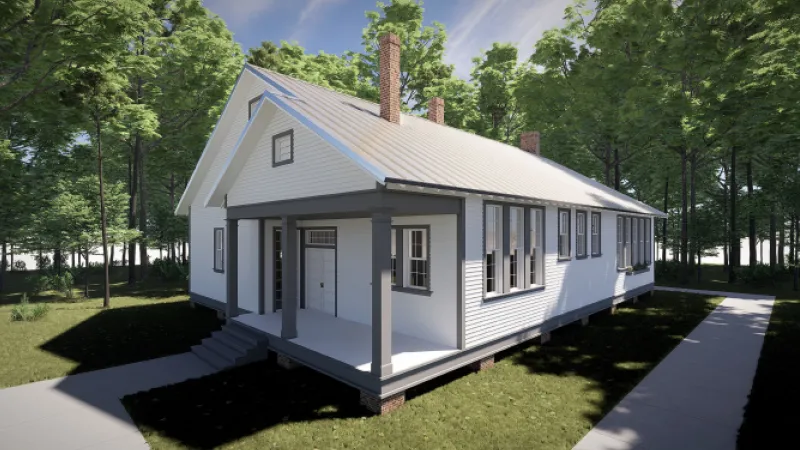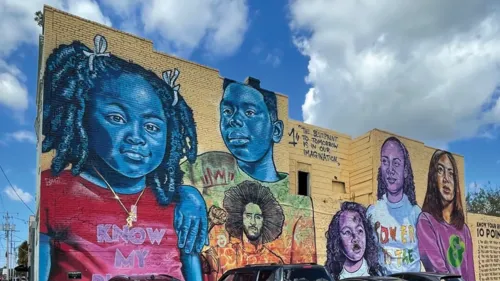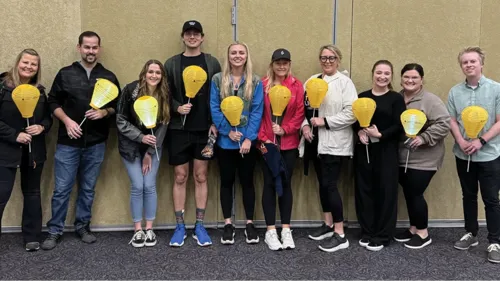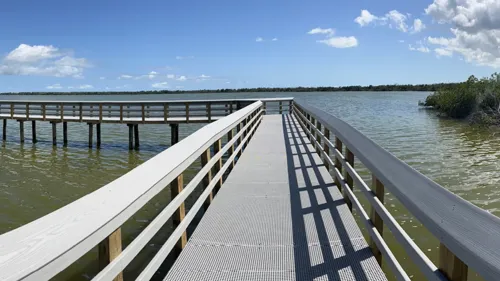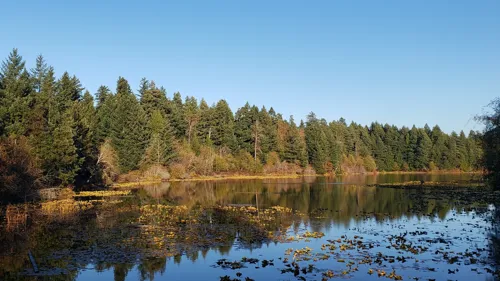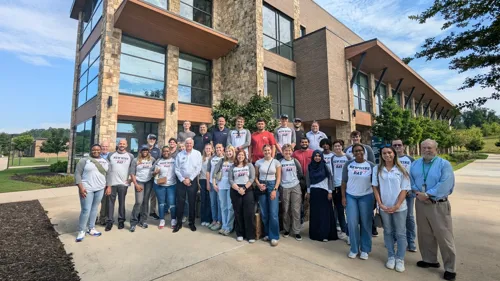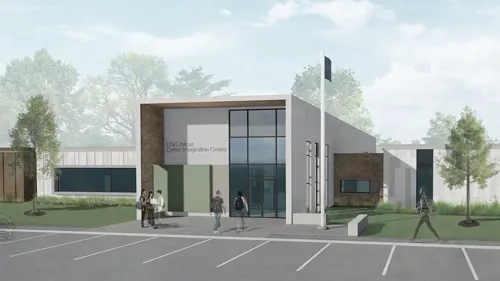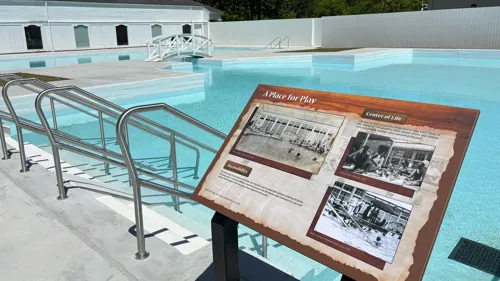Pond Pays Homage to Historic Community Landmark with New East DeKalb Community and Senior Center
“In 2016, when I came to Bruce Street, we dreamed together and declared that we would build a new home for our seniors here. Today, that dream is manifested and brought to fruition.”
Mereda-Davis Johnson
Commissioner
Historic architecture provides a physical link to the past, connecting communities to their collective culture and identity. Buildings stand as tangible representations of an area’s character and sense of place, shaping the shared story of residents. As a result, the preservation of cultural landmarks becomes almost personal to those involved.
For the local residents served by the new East DeKalb Community and Senior Center, the preservation of the community’s historical landscape was personal. Located in the heart of Lithonia, Georgia, and constructed in the 1930s, the former Bruce Street School once served as the community’s high school and its de facto community center. Several residents of the community who attended the ceremonial ribbon cutting of the new facility were former students at this school and were moved by the way the new facility pays homage to the ruins of the former school across the street.
Similar to many Southern cities across the U.S., Lithonia’s rich and complex history is intertwined with the movement for racial justice and equality. Prior to the integration of schools, the historic Bruce Street School was built and operated by the town’s African American residents to provide access to education for the community. This school became the first public school for black students in DeKalb County. At the time of its closure in 1968, the school had over a dozen elementary classrooms and eight high school classrooms.[i] Today, only the ruins of the school remain, but the Arabia Mountain National Heritage Alliance is working alongside community partners to create a design solution for the site. Still, the standing granite remnants reference the town’s legacy of educational advocacy and collective action.
Understanding this historical significance of this site and the role of the new facility to the community was critical when Pond embarked on a design for the new East DeKalb Senior Center. Much like the grassroots efforts of the historic school, this long sought-after amenity was propelled by the involvement of community stakeholders, especially its seniors. They worked alongside county commissioners to facilitate funding and advocate for this project. Their passion for the outcome underscored the need to create an emotionally resonant space to call home.
[i] Arabiaalliance.org
The visual impact of the new structure depends largely on its relationship with the old structure. The building was strategically placed to create vistas and views of the ruins from the building entry and lobby. A large metal canopy and Lithonia granite used on the building front, plaza and lobby area bring the whole vision together, creating sightlines that highlight the ruins as an architectural sculpture.
Pond’s team designed a 16,090-square-foot facility to create a modern space for residents while paying homage to the special character of the neighboring ruins. Centering around the user experience of seniors, the facility incorporates multiple gathering spaces that enhance well-being, reduce isolation, and promote socialization. The large multi-purpose dining room with a moveable partition wall and stage, expansive commercial kitchen, entertainment area, library, offices, and sundeck are key features of the design. To tie in the ruins, the design team used locally sourced Lithonia granite to clad the entry located opposite of the historic school. This choice of materials and style juxtaposed against the contemporary elements accentuates the visual importance of the adjacent building. The interface of the undulating rubble stonework and stone dressings match the historic structure, and the masonry units of the new provide a workable solution. Throughout the facility, symbolic elements gesture to the former school, heightening the connectivity between the two buildings.“Finding the right solution for adapting a historic ruin into the fabric of the new is one of the greatest architectural challenges. Not only is the form of the structure often uneven, but the emotional resonance of the community, philosophical challenges of how to approach the design, and how to touch the existing fabric lightly are complex,” said Sonia Sabherwal, Project Manager. “The outcome achieved showcases the old and the new, with a facility that will be enjoyed for years to come.”
After breaking ground in 2020, the new facility commemorated its opening with a ribbon-cutting ceremony in the summer of 2022. DeKalb County’s Commissioner Mereda-Davis Johnson, Commissioner Lorraine Cochran Johnson, and Mayor Shemeka Reynolds joined the senior community as they celebrated the major milestone, a culmination of the long and emotionally charged journey.
“In 2016, when I came to Bruce Street, we dreamed together and declared that we would build a new home for our seniors here,” said Davis Johnson at the ceremony. “Today, that dream is manifested and brought to fruition. Seniors, enjoy your new center – you deserve it.”
Among the attendees was lifelong Lithonia resident, Mrs. Harper. She graduated from the high school in the 1950s. Since the early stages of the project, she worked along stakeholders to make this space come to life and honor the history of the city.
“The new center is a much-needed asset to our beautiful Lithonia community," said Harper. “Despite all we’ve endured in our lives, July 14, 2022, is a blessed day.”

